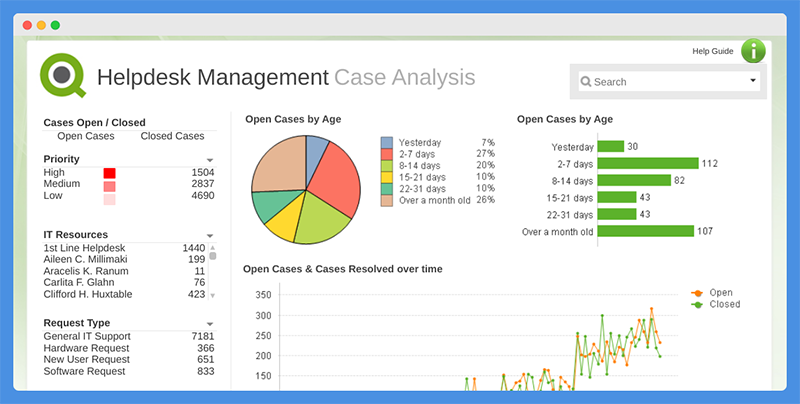Personal Career & Learning Guide for Data Analyst, Data Engineer and Data Scientist
As a data analyst, you need to have a strong understanding of functions to effectively analyze data using QlikView. Functions are a way of performing operations on data, and they play a crucial role in QlikView data analysis. In this article, we’ll take a closer look at functions in QlikView and why they’re so important for data analysts.
What are Functions in QlikView?
Functions in QlikView are pre-built operations that you can use to perform operations on data. For example, you can use functions to aggregate data, perform mathematical operations, and more. Functions make it easier to perform common data analysis tasks, and they’re a key part of the QlikView platform.
Why are Functions Important for Data Analysts?
Functions are important for data analysts because they make it easier to perform operations on data. For example, when working with large datasets, it can be time-consuming and error-prone to perform operations manually. With functions, you can automate these tasks, freeing up more time for you to focus on other tasks.
Functions also make it easier to repeat data analysis tasks. For example, if you’re working with a dataset that changes regularly, you can use functions to perform operations on the data. This makes it easier to repeat your analysis on a regular basis, without having to manually perform the same steps over and over again.
Functions also make it easier to work with data that is in different formats. For example, if you’re working with a dataset that has data in different formats, you can use functions to convert the data into a format that’s easier to work with. This makes it easier to analyze the data, regardless of its format.
How to Use Functions in QlikView?
To use functions in QlikView, you need to use the QlikView Desktop. This is a graphical user interface that allows you to create, edit, and manage your QlikView documents.
To use functions in QlikView, you simply need to write a formula that includes the function. For example, if you want to calculate the sum of a field, you can write a formula like “SUM(FieldName)”.
You can write formulas in the QlikView Desktop, or you can write them in the QlikView Script Editor. The QlikView Desktop provides a variety of functions that you can use, and you can also write your own custom functions if you need to.
Once you’ve written your formula, you can test it and make any necessary adjustments. You can also save your formula, so that you can reuse it in other projects.
Conclusion
In conclusion, functions are an essential part of QlikView data analysis. They make it easier to perform operations on data, repeat data analysis tasks, work with data in different formats, and more. Understanding how to use functions in QlikView is an important part of becoming a successful data analyst. Whether you’re a beginner or an experienced data analyst, taking the time to learn about functions and how to use them in QlikView will help you to become more efficient and effective in your data analysis tasks.
QlikView for Data Analyst – QlikView – Functions
 Loading...
Loading...
Latest end-to-end Learn by Coding Projects (Jupyter Notebooks) in Python and R:
All Notebooks in One Bundle: Data Science Recipes and Examples in Python & R.
End-to-End Python Machine Learning Recipes & Examples.
End-to-End R Machine Learning Recipes & Examples.
Applied Statistics with R for Beginners and Business Professionals
Data Science and Machine Learning Projects in Python: Tabular Data Analytics
Data Science and Machine Learning Projects in R: Tabular Data Analytics
Python Machine Learning & Data Science Recipes: Learn by Coding
R Machine Learning & Data Science Recipes: Learn by Coding
Comparing Different Machine Learning Algorithms in Python for Classification (FREE)
There are 2000+ End-to-End Python & R Notebooks are available to build Professional Portfolio as a Data Scientist and/or Machine Learning Specialist. All Notebooks are only $29.95. We would like to request you to have a look at the website for FREE the end-to-end notebooks, and then decide whether you would like to purchase or not.
